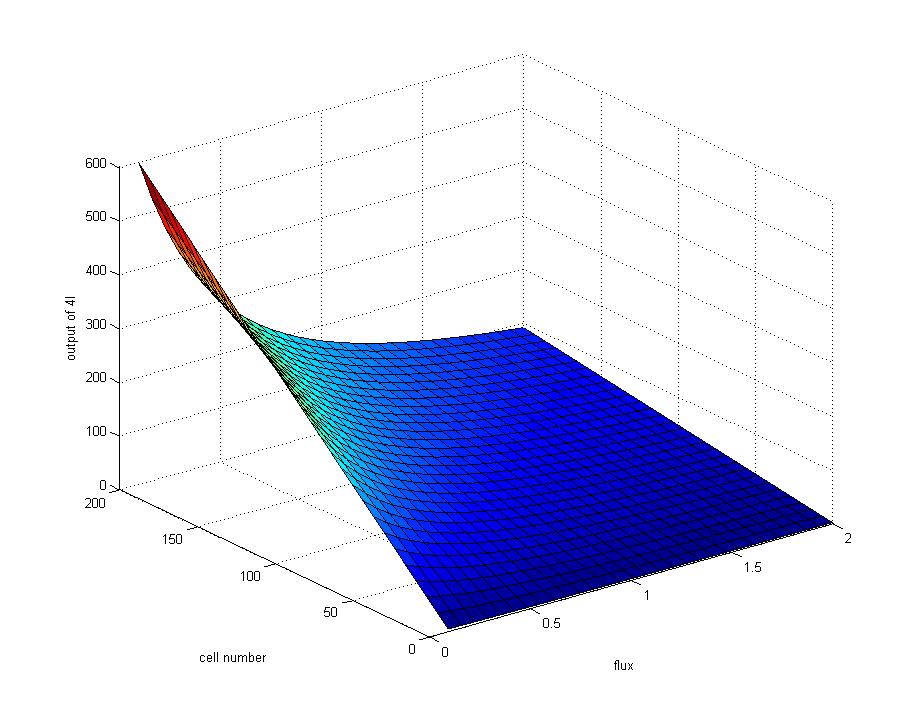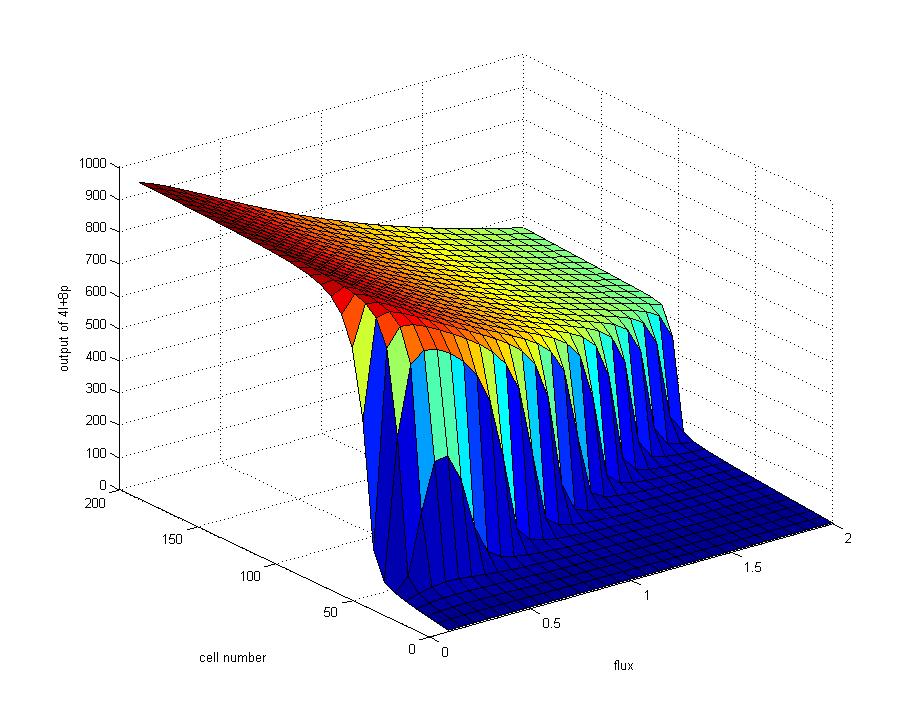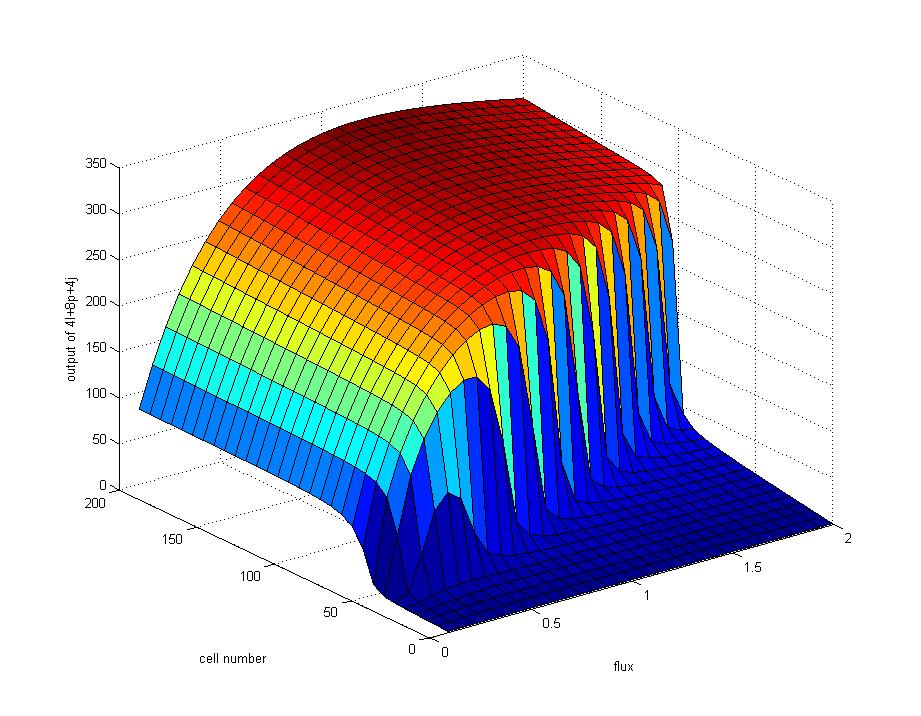Tianjin/DIODE/Model3
From 2007.igem.org
(Difference between revisions)
Lovecarrot (Talk | contribs) |
Lovecarrot (Talk | contribs) |
||
| Line 1: | Line 1: | ||
Figure 1: The positive-biased condition of biodiode. Cell number in all three picture refer to the cell density of generator cells (4L). The middle graph indicates the concentration of AHL rises quickly to a high level after the amplifier cells are activated by the enviromental AHL signal (input signal). The biodiode could reach to the condition of positive-biased under a high cell density of 4L or a slow flux rate.(right graph) | Figure 1: The positive-biased condition of biodiode. Cell number in all three picture refer to the cell density of generator cells (4L). The middle graph indicates the concentration of AHL rises quickly to a high level after the amplifier cells are activated by the enviromental AHL signal (input signal). The biodiode could reach to the condition of positive-biased under a high cell density of 4L or a slow flux rate.(right graph) | ||
[[Image:TJUI.jpg|300px]][[Image:TJUI1.jpg|300px]][[Image:TJUI2.jpg|300px]] | [[Image:TJUI.jpg|300px]][[Image:TJUI1.jpg|300px]][[Image:TJUI2.jpg|300px]] | ||
| + | |||
| + | Figure 2: The negative-biased condition of biodiode. | ||
| + | |||
| + | |||
| + | [[Image:TJUI.jpg|300px]][[Image:TJUI+J+P.jpg|300px]][[Image:TJUI+J+P.jpg|300px]] | ||
Revision as of 16:04, 24 October 2007
Figure 1: The positive-biased condition of biodiode. Cell number in all three picture refer to the cell density of generator cells (4L). The middle graph indicates the concentration of AHL rises quickly to a high level after the amplifier cells are activated by the enviromental AHL signal (input signal). The biodiode could reach to the condition of positive-biased under a high cell density of 4L or a slow flux rate.(right graph)



Figure 2: The negative-biased condition of biodiode.